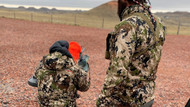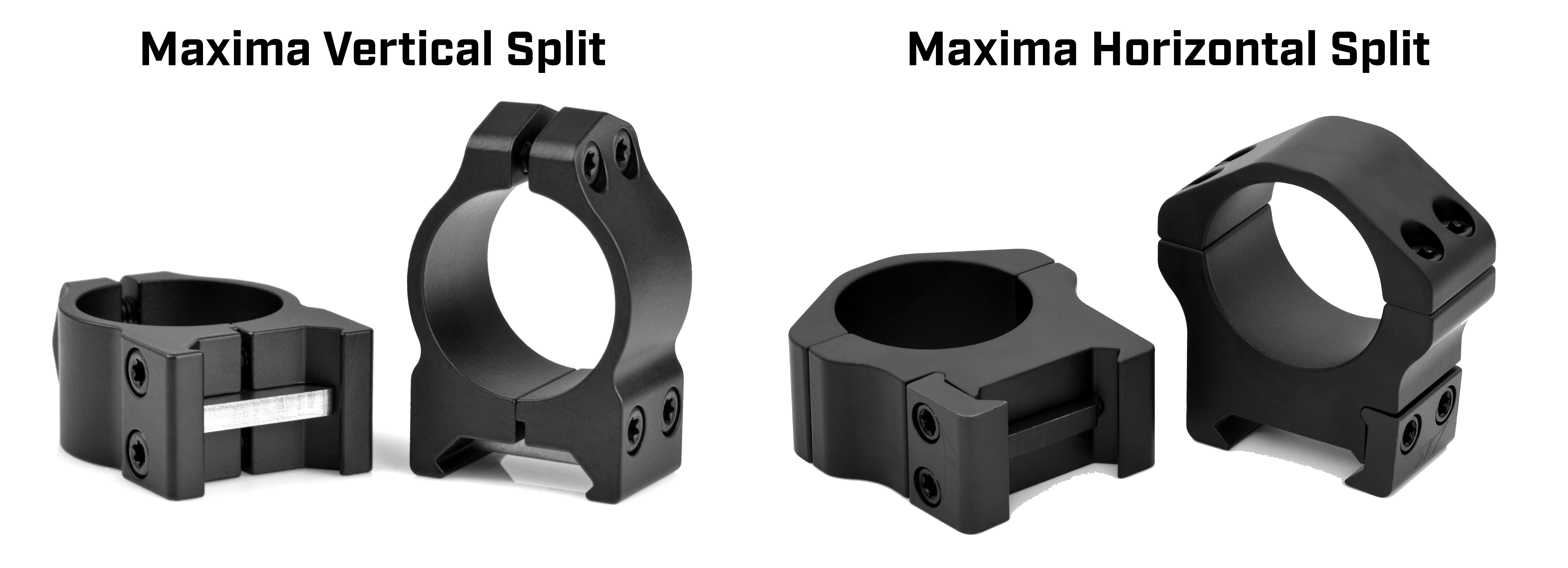What Can Cause a Rifle Scope to Fail to Hold a Zero After Zeroing It?
The most common problems with holding zero are excessive recoil, abuse, improper installation, damaged scope or defective scope, poor quality or incorrect scope mounts or the firearm itself.
The best way to solve the loss of zero is to use quality scope, rifle, and quality scope mounts, follow the installation instructions and manufacture torque specs.
Warne is the top manufacturer of scope mounts because our mounts are precision made. Our rings and bases are designed and tested to handle the abuse of repeat recoil and heavy usage. They are precision designed, so when properly installed, they will hold your zero shot after shot. Unlike lower-quality rings that require lapping, our rings do not unless there is an imperfection in the firearm's mounting surface.
Using a quality scope with quality rings correctly following manufacturers' instructions and torque specifications will ensure your scope will hold zero unless there are other issues. Too much torque can damage your scope including by putting pressure on the internals that hold zero and too little can cause the scope to slip on recoil losing zero.
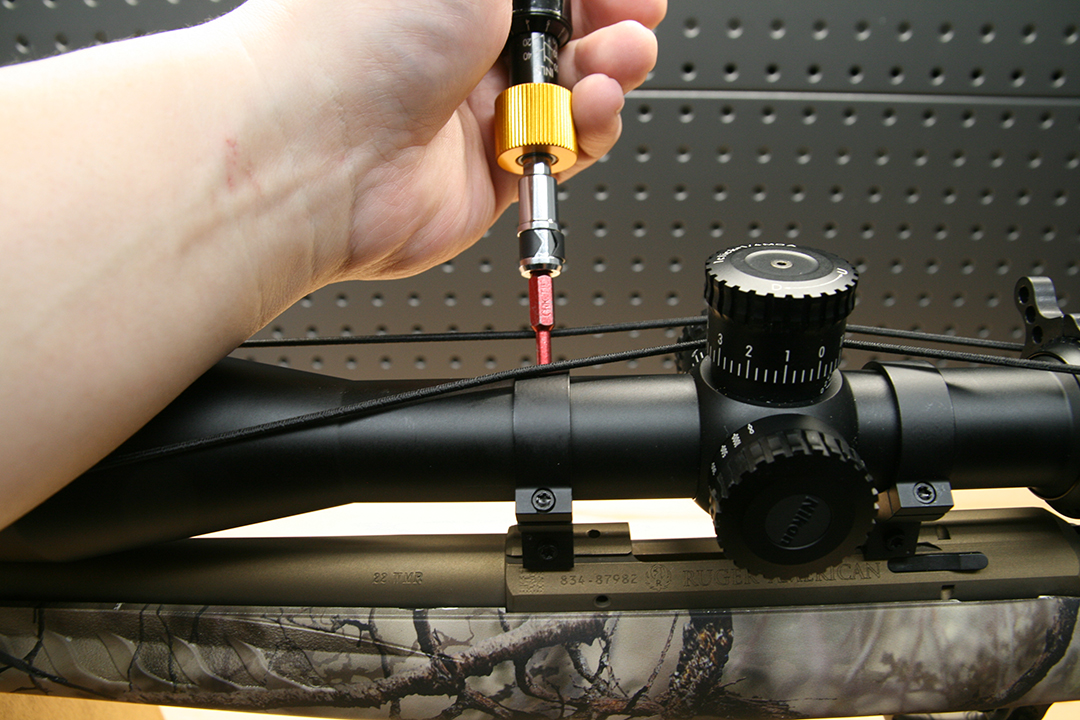
The toughest rings on the market are the Warne vertical split rings, which install differently than traditional horizontal rings. They clamp the scope like a hose clamp rather than sandwiching the scope, making them a rock-solid hold. Our horizontal rings have been thoroughly engineered and tested to endure recoil and made to be as reliable as our vertical split because of their precision machining. We make our scope mounts here in the USA so that we can test them. If you buy lessor-quality rings, you will get inconsistent results.
Can Recoil Cause a Rifle Scope to Lose Zero?
Check out the video below of us testing our Warne Maxima Horizontal rings. You see how recoil starts from the barrel and moves through the scope mounts and the scope. Repeated shock waves over time can shake something loose. The better quality engineered your scope and scope mounts are, the longer the scope will hold zero.
According to some of the scope manufacturers we have worked with, shooting on shooter sleds with high-power rifles can damage the scope over time.
Will Thread Locker help me hold a zero? It is recommended to use blue thread locker on base screws but never on the ring screws. If you use Loctite on the ring screws, you change the torque values, and you could accidentally overtighten the screws and damage the scope.
Common Mistakes That Can Cause a Rifle Scope to Lose Its Zero.
It is crucial to ensure that the objective bell does not touch the rifle. If you watch the video, you see that the barrel does whip. You can damage your scope and affect your zero if any part of your scope touches any part of your rifle.
Rings should never be mounted against a scope bend for the eyepieces, objective, or adjustment area. To get the proper eye relief, some shooters will have the ring up against one of the bends, which is not good. A scope manufacturer told me that doing that can damage a scope. It would be better to get a Picatinny base with more mounting slots or a different scope with a longer tube with more mounting space between the bends.
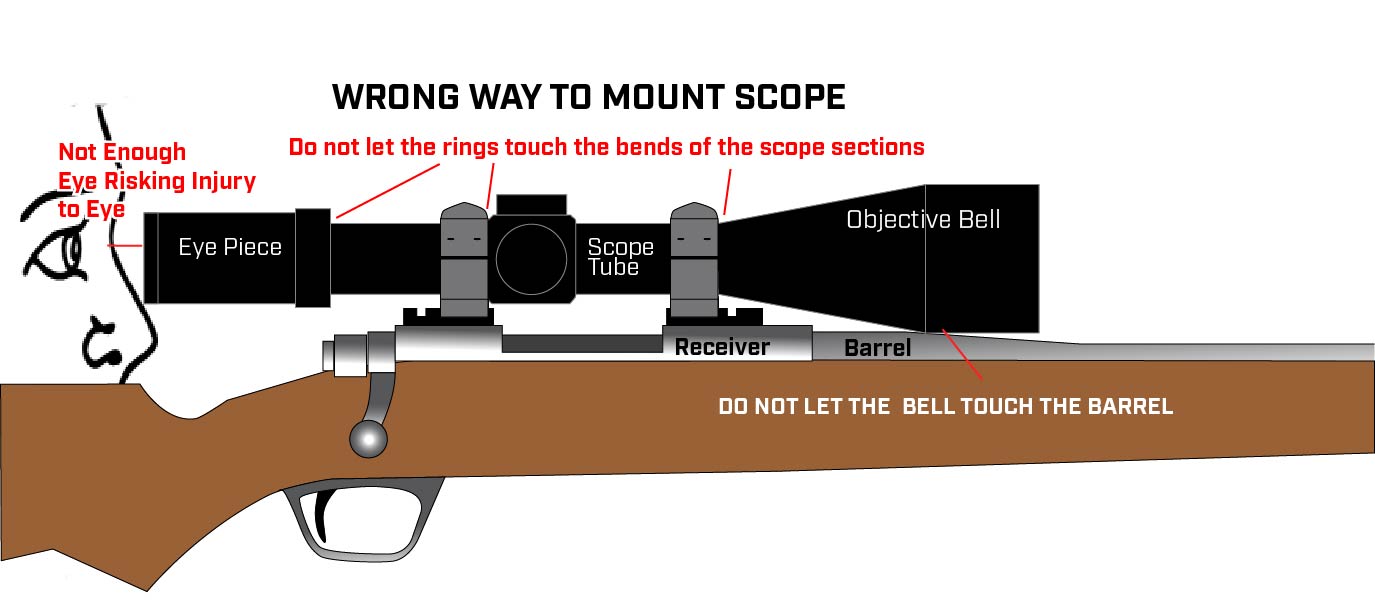
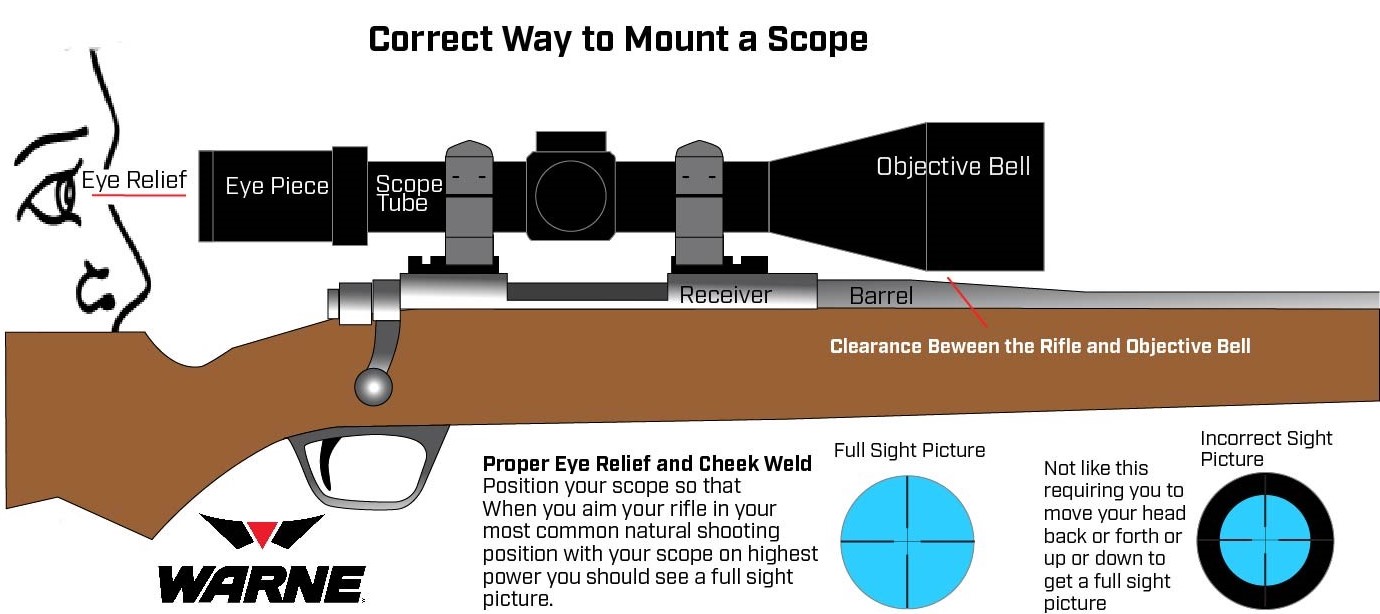
Can the Rifle or Ammunition Cause a Rifle to Have a Shift in Point of Impact?
Yes. If you are new to shooting, you must note that you will get different results if you shoot with other brands, bullet weights, and bullet design ammunition. Ammo may look the same from brand to brand, but they use different powders and bullet designs. I have had some bullets group very well while others through the same rifle spread out. Some rifles are picky about what they will group best with, and if you change ammo, you may see a shift in your point of impact.
In rare cases, a firearm can be out of spec, like one mounting surface machined lower or higher than it is supposed to be, or the mounting holes drilled slightly off-center. When a scope is mounted, it will bend the scope, which, when fired, causes the reticle to shift and, over time, will damage it. That's when lapping, shims, or contacting the firearm manufacturer about returning it is in order.
Other Reasons Why a Rifle Scope May Not Stay Sighted In.
Scope reticles are made of small precision parts. If abused, misused, they can significantly shift or break if the rifle is dropped, bounced around in the back of a pickup truck, or used for too many shots with a high-power rifle or if fired off a rifle sled too many times. This is why you should get a scope best rated for the kind of shooting you will be doing. There are reasons why some scopes cost less than a hundred and others cost several hundred and that is quality of glass, materials, engineering and quality control. I am not saying you must buy an expensive scope, but you might want to for the guns that matter most like your hunting rifle and use cheap ones for your plinking rifles.
Another factor that can give you a different point of impact is atmosphere. If you zeroed your rifle on a nice summer day with no wind and no rain and then shot on a stormy autumn day, your results may not be the same.
Another mistake new shooters make is not drying the bore before shooting. It is recommended to run a patch of oil through the bore before storing it, but if you do not remove that film of oil, your results will vary. For example, you sight it in dry, then take it out again weeks later and forget to run a couple of dry patches that can affect your zero. Oil in your bore will give you inconsistent results.
If you are new to shooting, you may not know this, but I mention this since I spend a lot of time at the range and have seen guys do this. If you use a bench rest and put it under the barrel rather than under the stock or forearm, you will get inconsistent results.
Never use your scope as a carry handle, putting strain on the scope.
Video of Warne Maxima Horizontal Split Rings During Product Testing.

